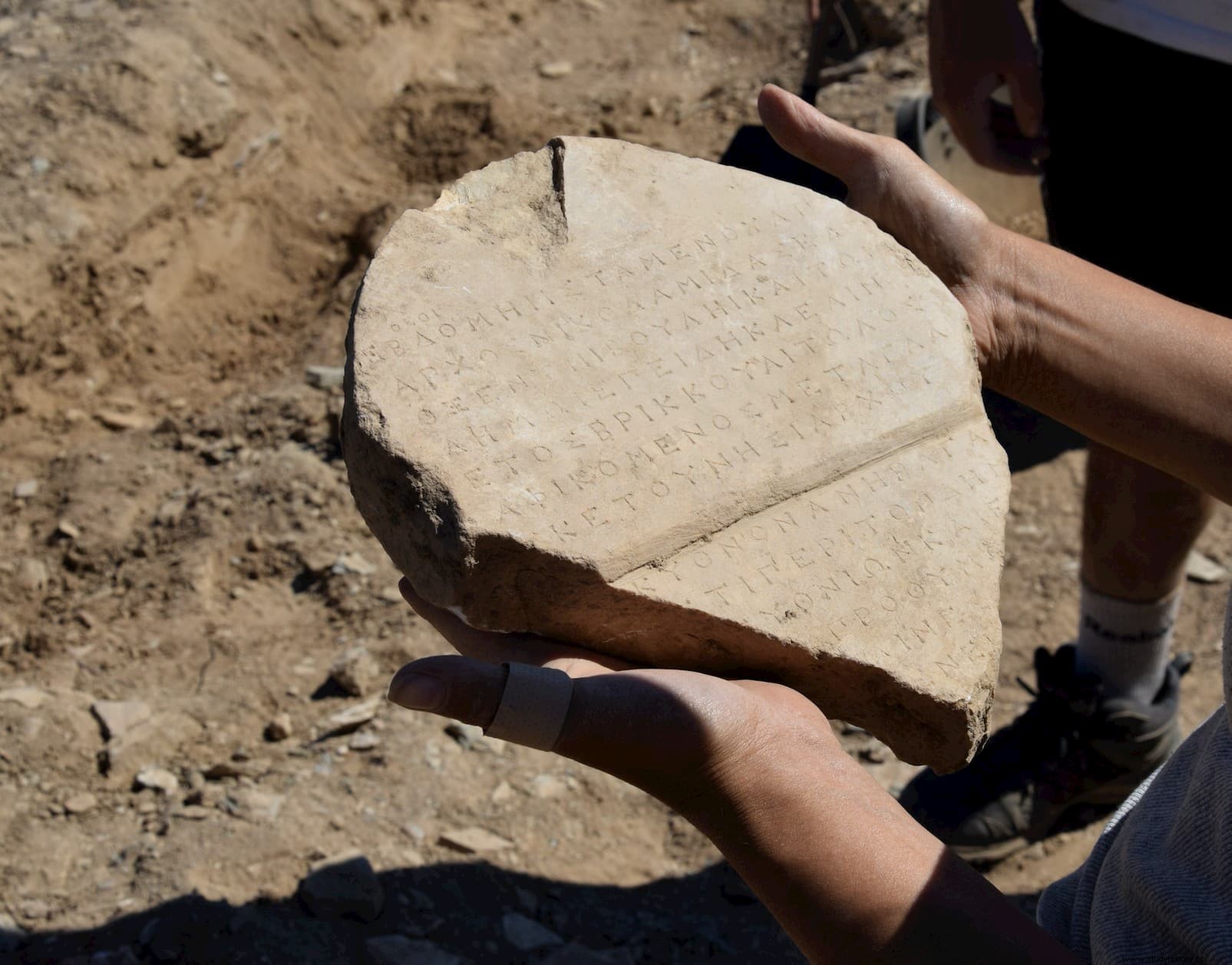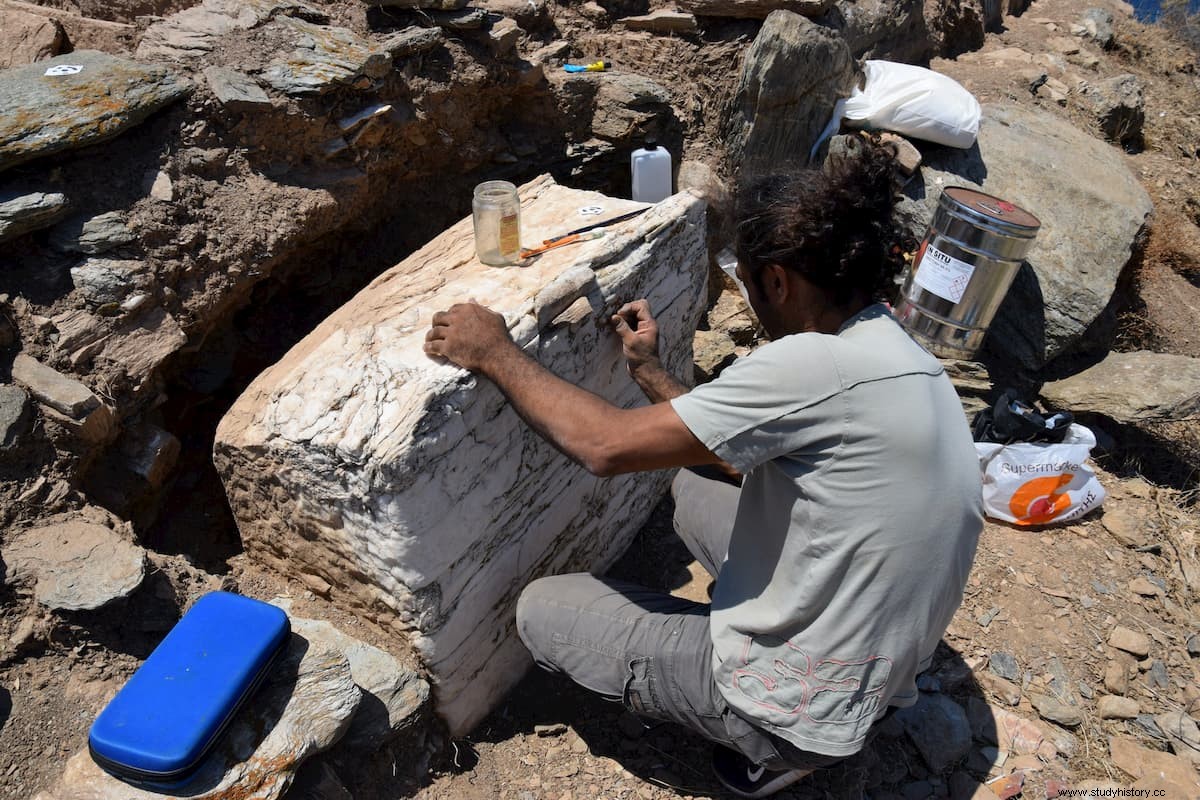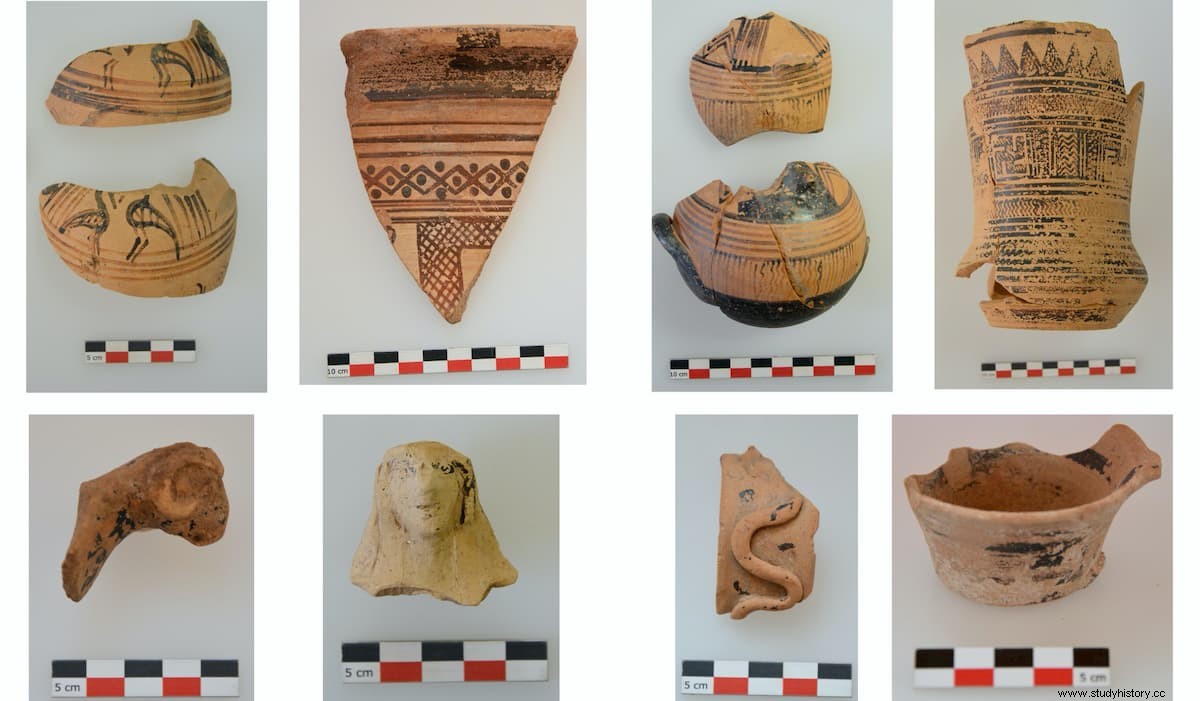Archaeologists investigating the site of Vryokastraki, an islet in front of the ancient city of Vryokastro on the island of Kythnos in the Cyclades archipelago, for two years, found inscriptions that confirm the story told in previous finds in Athens, about a 4th century BC pirate
The islet, on which an important city flourished in the early Byzantine era, was continuously inhabited from the 12th century BC. until the 7th century AD

Among the findings made in the latest excavation campaign were several inscriptions, one of which describes a pirate named Glafketis, who seized the island of Kythnos in the 4th century BC.
The inscription was made in honor of Cleinetus of Aetolia, about whom nothing is known, but it is related to other inscriptions found earlier in Athens that also mention the pirate Glafketis.
The inscription confirms the hypothesis that Glafketis had the help of the Macedonians to take over the place, but was finally expelled by the Athenians.

Other inscriptions provide information on bureaucratic processes, including the regulation of buildings and the list of fines that can be imposed for not complying with these regulations.
All the inscriptions appeared on stones that were reused during the Byzantine era as building material for houses and other structures. Another one refers to the honors granted by the island of Cythnos to a person whose name has not been preserved.
Among the findings is also the base of a statue, made of marble, which on its front side has cavities in a circular arrangement, possibly for the fixing of crowns.

In previous campaigns, archaeologists discovered on the islet an ancient sanctuary and pottery fragments dating from the Geometric, Archaic and Classical periods, as well as a complex of buildings and a Byzantine three-aisled basilica.
The presence of abundant jewelry, bronze votive offerings, and female figurines in the shrine would indicate that the site was dedicated to a female deity. To the east of the sanctuary enclosure, a monumental altar carved into the rock was found, now heavily eroded.
The island of Kythnos is famous because the most prominent of the false Neros landed there, who tried to pass themselves off as the late Roman emperor, and tried to recruit the pirates who populated the place to his cause, as we told in a previous article.
